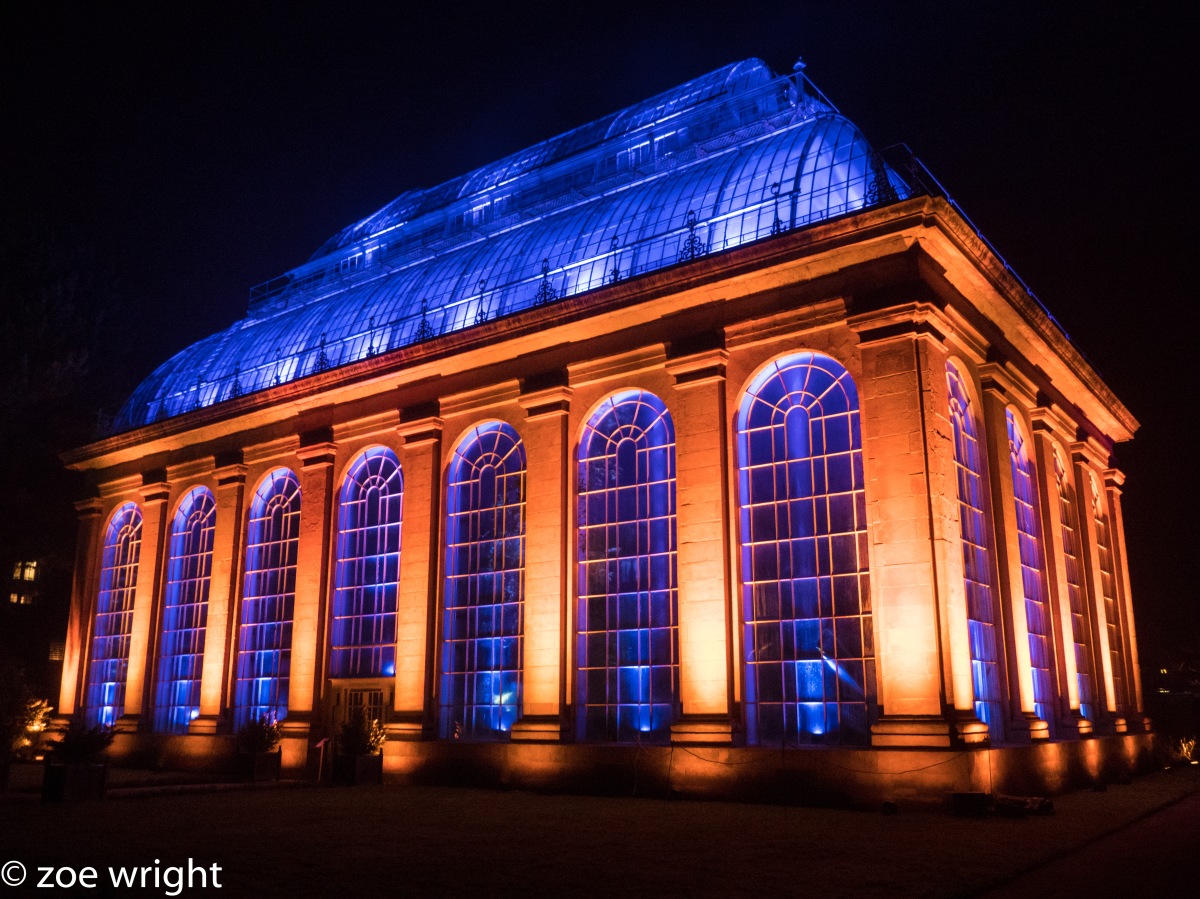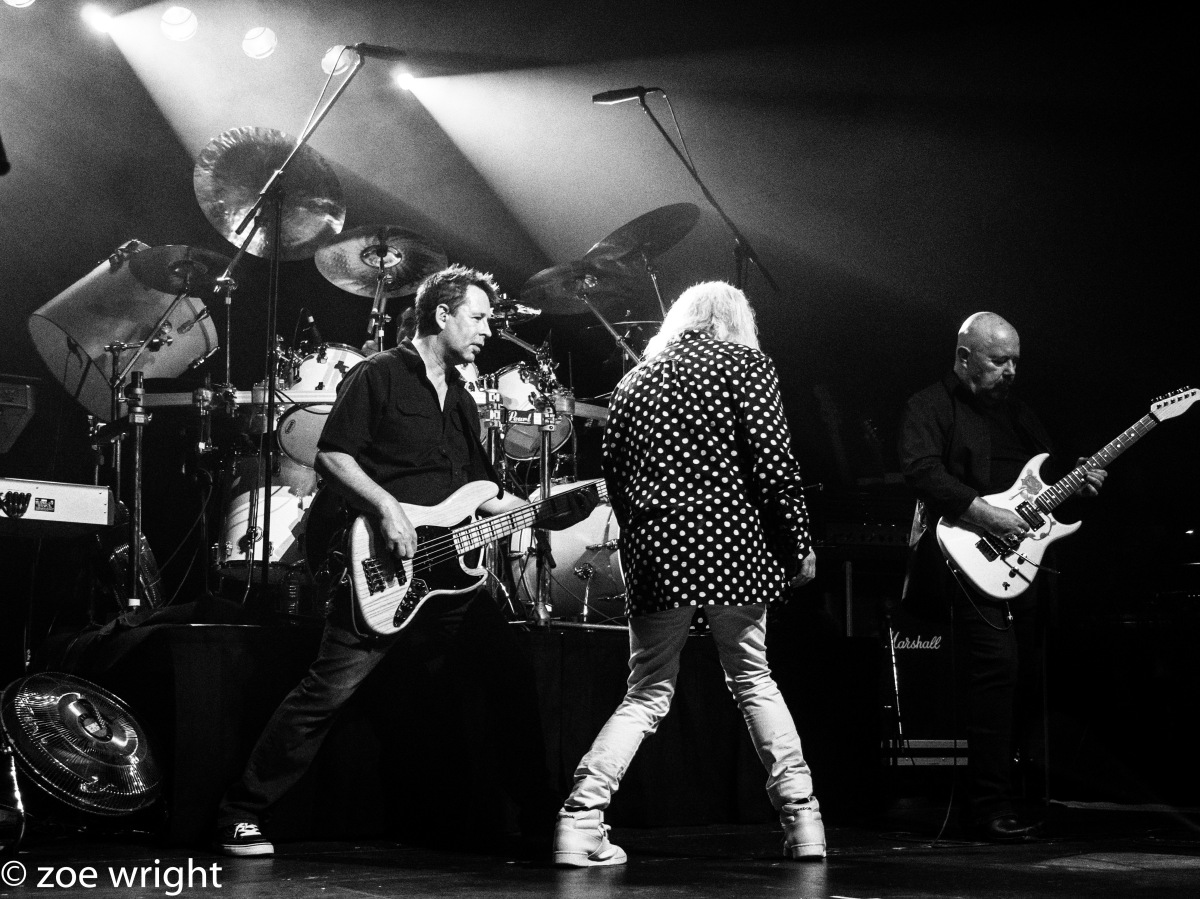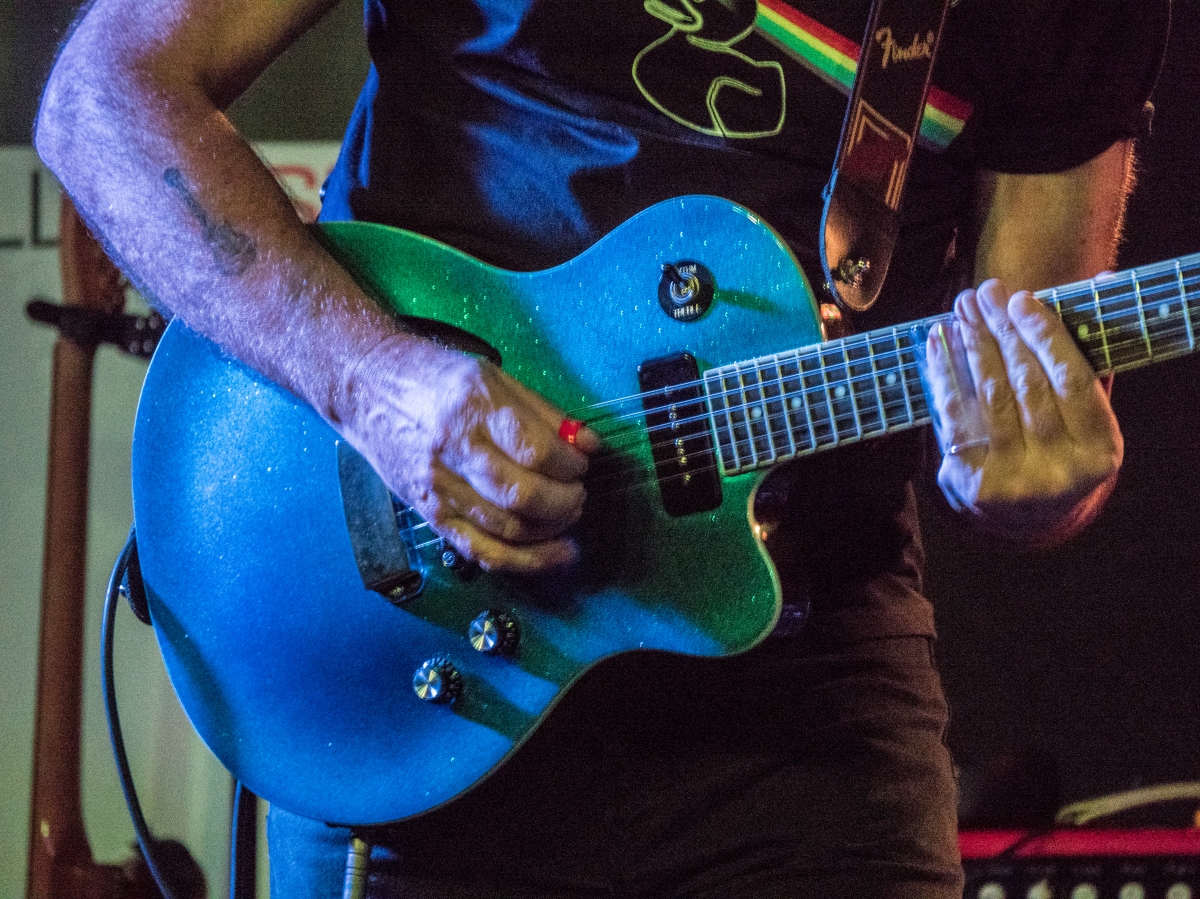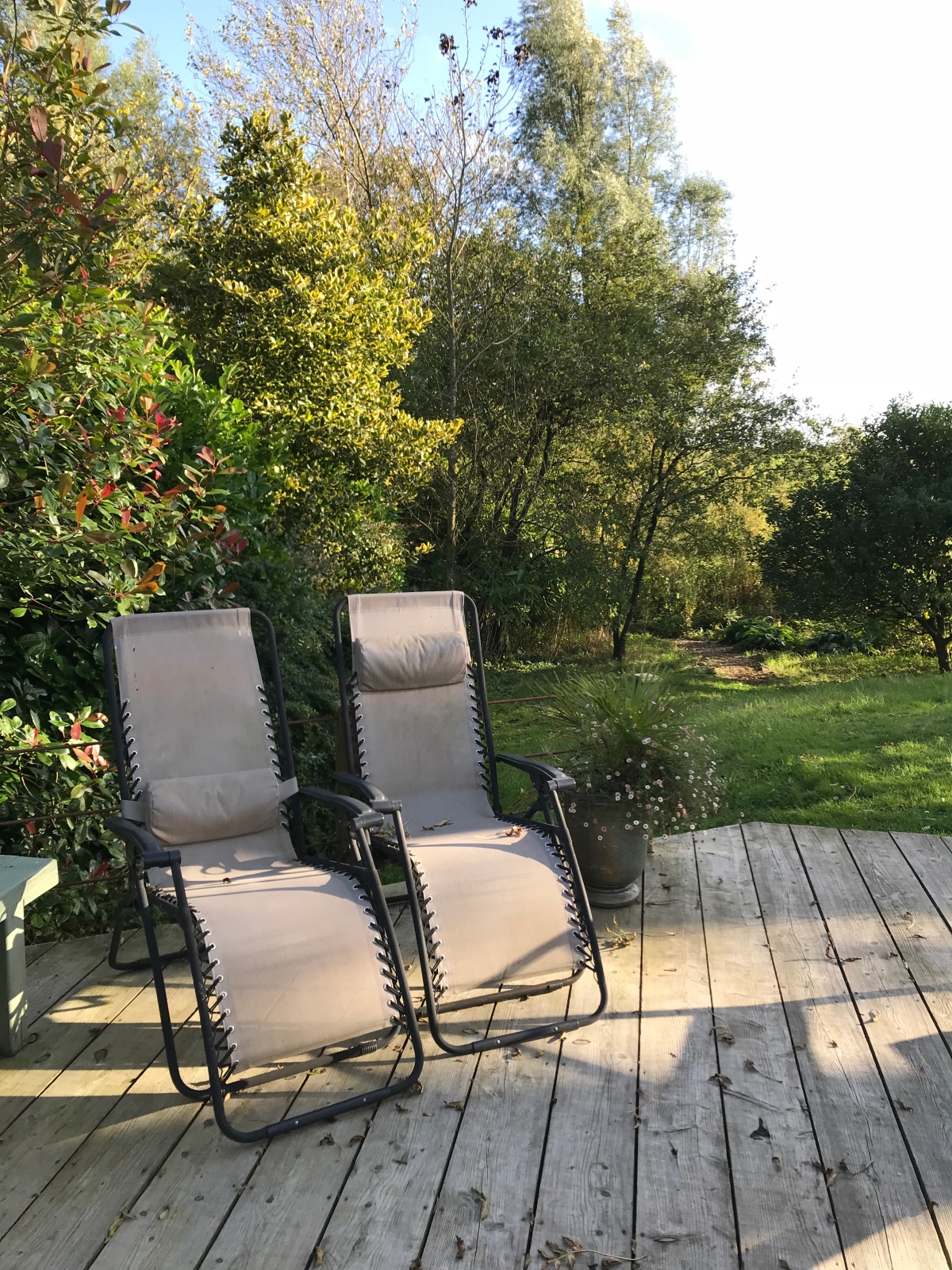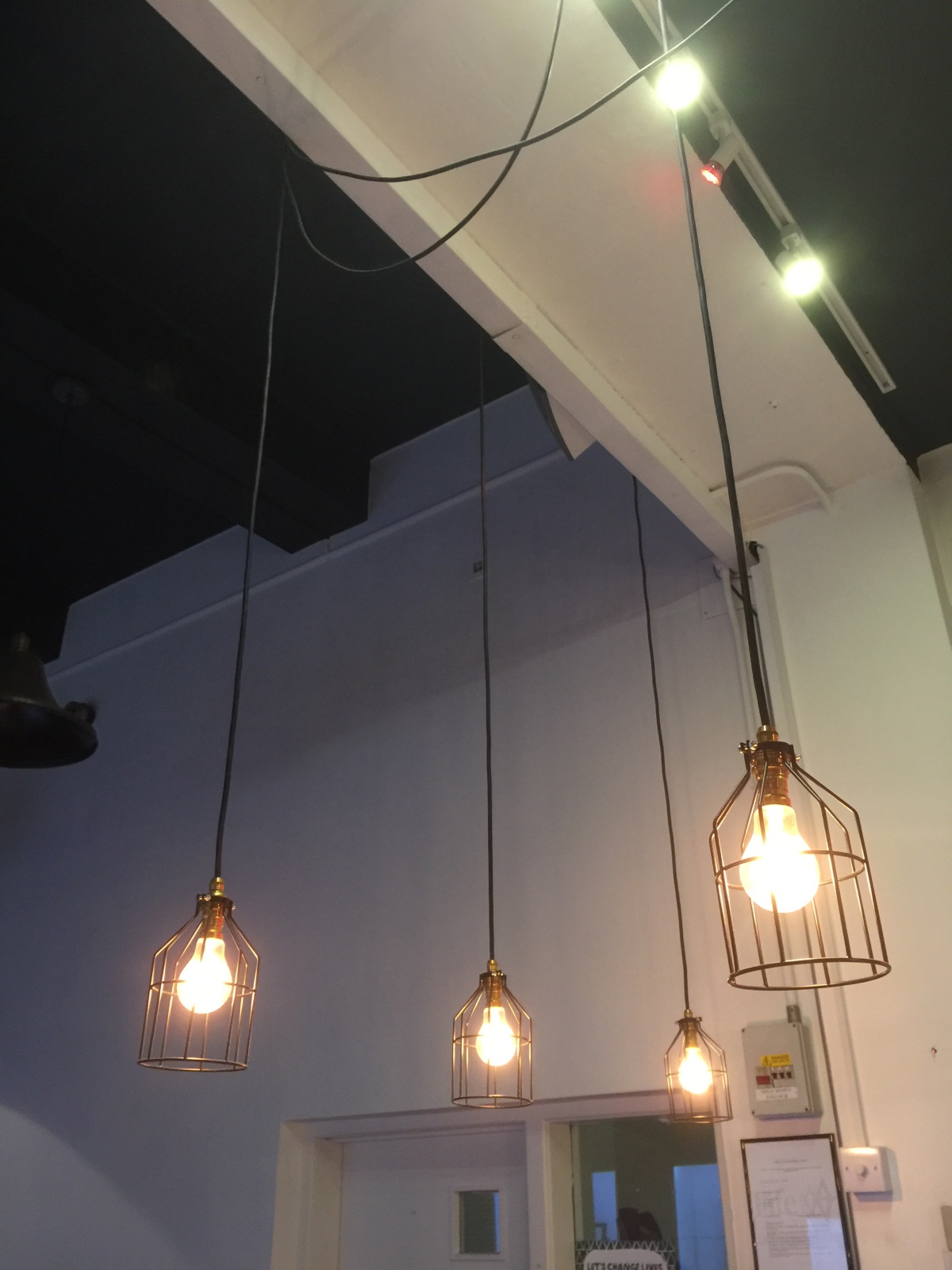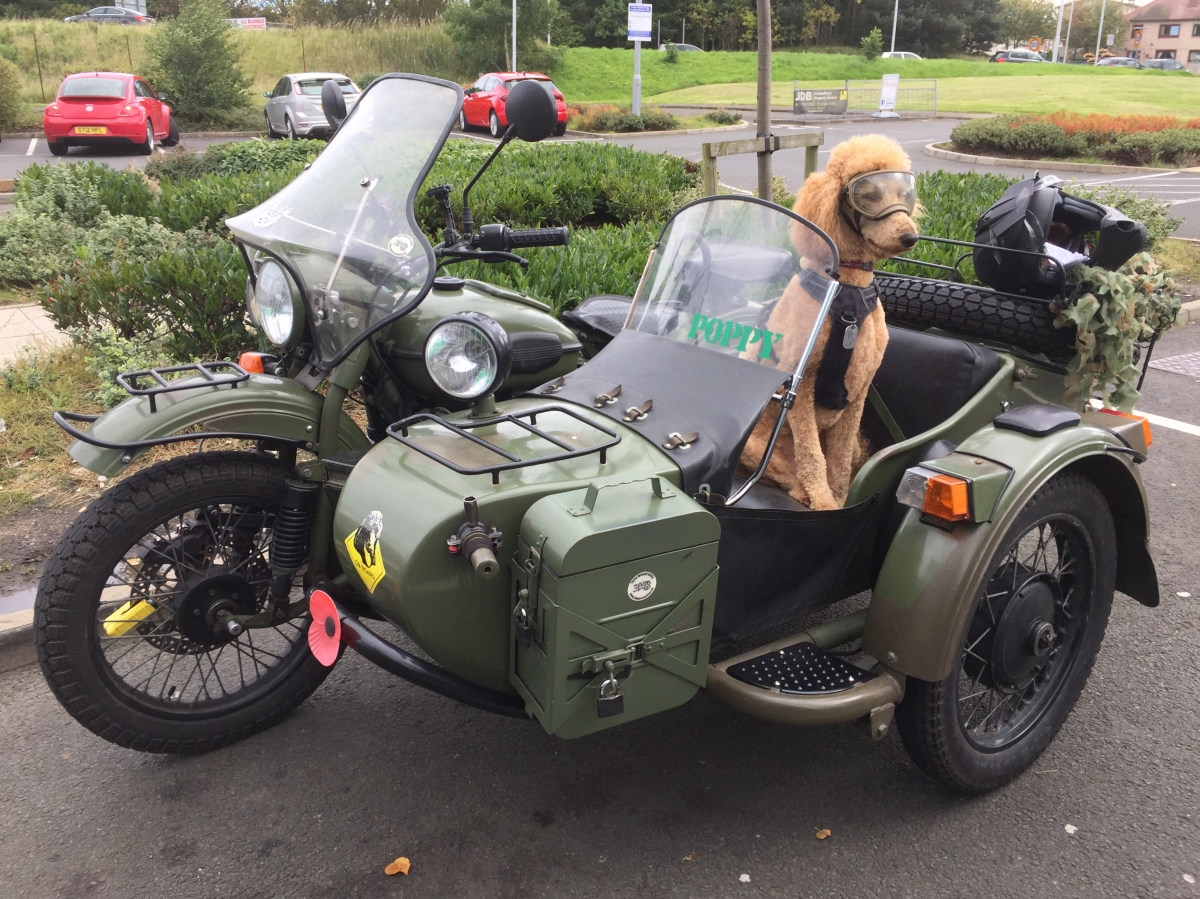05/02/18
Comments on assignment:
I had a long and wide-ranging discussion with my tutor David for assignment 5. I will try to summarise what I took from it here.
- My title ‘Forestry in Scotland‘ was too broad.
- Agreed! Am trying to think of something more descriptive that isn’t too wordy – that is the difficult bit.
- Lighting is inconsistent
- This is about having most of the shots in a fairly flat light, if not downright stormy while 2 images were taken in bright sunlight with vivid blue skies. I hadn’t even thought about this as a problem – but on looking at the series as a whole they do rather stand out and produce a jarring note. I do have some replacements already available – I hadn’t even considered using them as my brain went ‘sunlight- that’s better’ without thinking it though.
- Looking at the final edit in detail
- This was very helpful, and I have done as suggested – my wall is now covered with prints. I am definitely going to go and re-shoot a couple of the ones that I had originally discarded but fit better into the theme. There should not be a problem getting cloudy days in Scotland in winter.
- How do you show changes in time and season?
- This I’d something to think about further for an extended project – maybe mark a spot and re-shoot at monthly dates – showing the changes in the trees, which might be fairly subtle.
Overall the discussion was very helpful – and hopefully I will get an improved final edit. At the very least it gave me a lot to consider and made me think more clearly about what I was aiming for.
Suggested Reading:
Paul Nash – an artist I had not come across before – related to the work produced by Arnatt. Destruction, here in the context of a response to WWI. Dead trees and land. Interestingly, the present push for re-forestation in Scotland was a direct response to the lack of wood available for military uses in WWI. So his horror in some way translates into the trees of today, and to their use as a resource for the community.

Images from Keith Arnatt – 2 of which are incredibly similar to some of the images I took for this assignment. If I had not taken them prior to seeing these I would have thought ~I would have been deliberately copying them. In reality it points up how the direct impact of forestry on the landscape leaves the same type of temporary destruction today as it did 30 years ago.
He also suggested a link to a fascinating and very long (2 and a half hours) audio interview with Keith Arnatt – this doesn’t finish – but cuts off mid sentence – so no concluding words of wisdom.
http://sounds.bl.uk/Arts-literature-and-performance/photography/021M-C0459X0036XX-0100V0
I took reams of notes and was left with a lot of questions:
https://scottishzoe.blog/2018/02/12/notes-from-keith-arnatt/
Questions:
What narrative do other people impute to your work?
Could the subject matter of art be about the difficulties of being an artist?
Is the editing process actually the creative act?
Who are you taking the pictures for (and where are you displaying them)?
What is the role of preconception?
The photograph as an instant versus the painting/sculpture over time?
Does it matter what you photograph as long as you pay attention to it?
In reality all these questions are the ones that this degree is exporing, at one point or another. There are clearly no absolute right or wrong answers to any of them. It is something to consider .
Michael Lange – another photographer I had not seen before. Some stunning images of deep in a forest, dark, minimal changes of tonality and colour. Lange started work as a photojournalist and has moved to fine art work. The images are redolent of the pine forest, not partially cut down, but what appears to be old wood. Again, these are the images I wished I could have taken to show the forest as it might be – although we have less major forests in Scotland than there are in Germany. His title – Landscapes of Memory – is relevant to the type of work I would like to move on to if I can extend this project.

Jem Southam – is a photographer who is exploring how memory and knowledge changes how we respond to the places we see. He looks at the same place over different times, different seasons and over several years – showing how a place will echo the season. There are more changes where he is taking images in the South West of England’s than there are in the pine woods in Scotland – but links into the idea of extending the project – possibly for the landscape module.

Bloomberg and Chanarin – only managed a very quick glance at their work – but will be perusing this in more detail at a later date.



